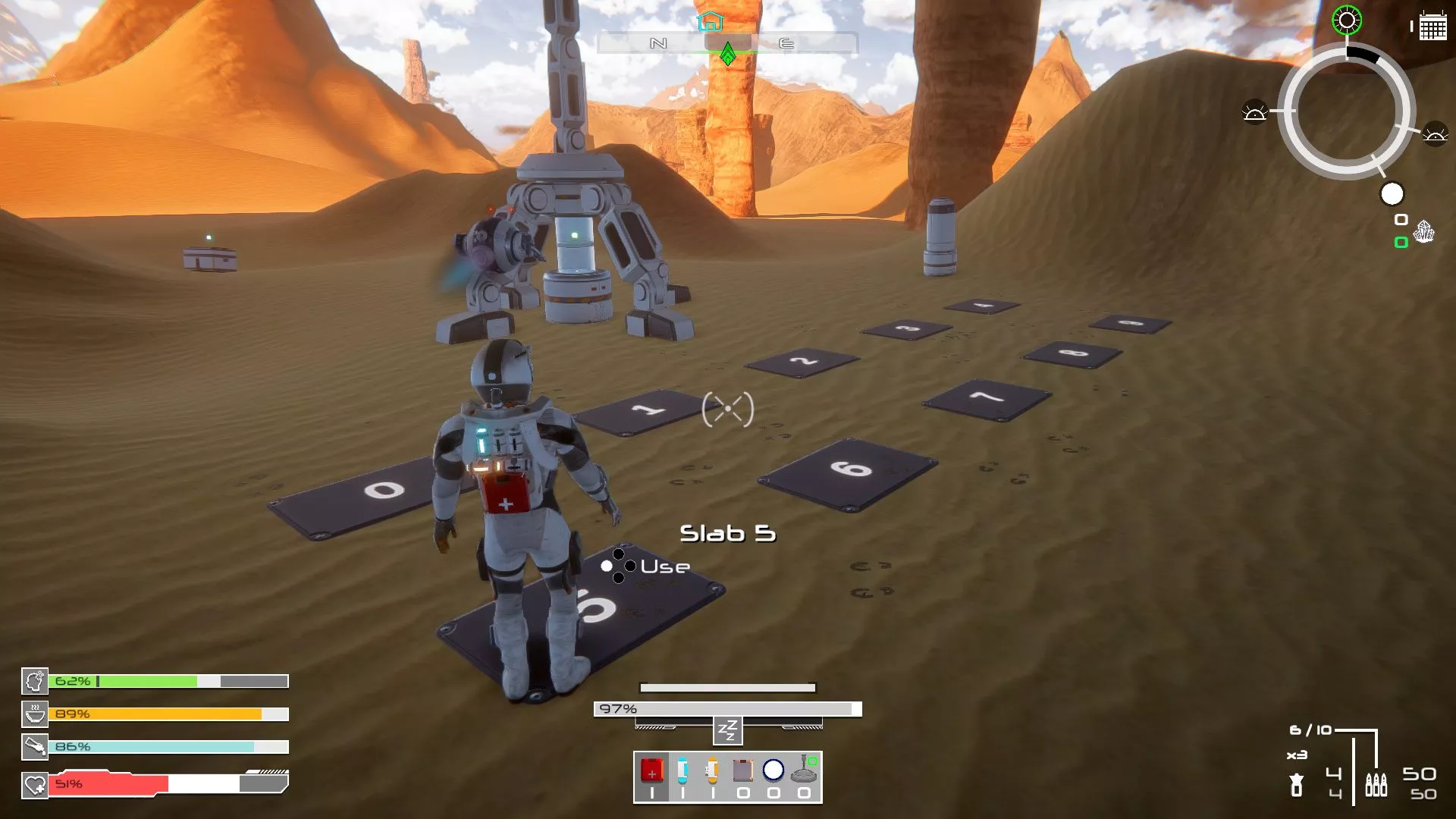I was a latecomer to the Deus Ex series. I grew up on consoles and, with very minimal PC gaming, it was only in the last few years I finally got around to Deus Ex and its unfortunate follow-up, Deus Ex: Invisible War. Despite being a good 11 years old now, the original DX stood out as a well-composed title. Sure the graphical textures were ugly as sin, but the storyline, augmentation customization and emphasis on conversational and stealth challenges over a purely combat approach made it stand out as a strong contender. And now, just over a decade later we have Deus Ex: Human Revolution, a game set 25 years before the original.
Where Deus Ex’s world saw mechanical and nanotechnology augmentation as the norm, DX:HR is set in the fledgling age of mechanical augmentation, with the debate still raging over whether it’s a good idea or not. (As a sidenote: if you take the time to read the e-books and databanks found scattered throughout the game you’ll build up an interesting insight into the subject of transhumanism. This topic is pretty popular in the real world these days, with people getting excited over the concept of the Singularity… There’s your nerd fact for this review.) You play as Adam Jensen – who never asked for this – the chief of security for major-league augmentation company Sarif Industries. The start of the game sees Sarif’s headquarters attacked by terrorists and after receiving a major augmentation overhaul, Jensen spends the rest of the game unraveling the why and who of the attack.
Let’s get one thing out of the way straight off the bat. This game is BEAUTIFUL. It’s not perfect – LA Noire continues to put this and every other game to shame as far as rendering people goes – but the architecture, lighting and construction of this game is amazing. You’re immediately struck by this in the Detroit area, with its persistent gold and black colourisation throughout the hub area. The detail that’s gone into rendering the game and making each area distinct from the others is clear, and to be applauded. I rode the elevator in the Sarif Industries building up and down for a good five minutes just to take in the view.
The story will see you bouncing between several locations worldwide as you chase down leads and hunt the people who attacked you. Each location (which I won’t spoil) has a variety of side-missions and hidden-away areas to explore, and explore you will. Much of my playthrough of DX:HR was made up of landing in one the hub areas and spending the next 20 hours meandering through ventilation shafts, back alleys and sewers in an attempt to find everything there was to see. These non-linear hub worlds are a welcome sight compared to the ethos of ‘go here, do this, next place’ seen in many modern games.
Customisable augmentations make a return, and this is where the game shines. Based on the game’s four ‘pillars’ of stealth, combat, social and hacking, you can pick and mix which abilities to upgrade as you go. Most likely you will end up being able to take and upgrade the majority of these abilities by the end of the game, but your choices early on strongly control how you’ll play for the game’s first half. You’re spoiled for choice from the very beginning – everything from weapon accuracy, to optical stealth camouflage, to x-ray vision, to armored shielding is available to you straight away. The toss-up between focusing on a few key skills or touching base with everything is a hard one to decide, and you’ll find yourself holding off on upgrading when possible to see what you’ll need around the next few corners.
The most fun to be had (in my paythrough at least) has to be skulking around and hacking things, especially in the ‘combat’ portions of the game. Human Revolution was designed to give you the option to play stealthily or with a heavy focus on combat, but it’s easy to see that a stealthy player has more to gain. Not long into the game, many locks and devices become unhackable if you haven’t placed a focus on upgrading those skills, and every hack or hidden tunnel offers little parcels of experience towards leveling up your abilities. You could focus on a combat playthrough if you really wanted, but you’re likely to miss huge swathes of what the game has to offer.
The only setback to a stealthy play style are the boss battles. Without heavily upgraded armouring and weapon abilities, they are BRUTAL. It was revealed recently that these battles were outsourced to another studio, so it’s no wonder they don’t have the same multiple-approach adaptability of the rest of the game. If you’re playing stealthily you WILL want to knock the difficulty down a notch or two for these portions because you’re going to get pulverized.
Setting aside the boss battles, the game’s openness to solving problems in multiple ways is clearly displayed. Computer terminals, hidden pathways, breakable walls, shoulder-high cover and enemy blind spots are available in equal measure in each area, allowing you to tackle the game however you’ve kitted yourself out to do so. This freedom, combined with the game’s strong story and well-placed links to the preceding Deus Ex games make it a treat for new players and returning veterans alike.
This article may contain affiliate links, meaning we could earn a small commission if you click-through and make a purchase. Stevivor is an independent outlet and our journalism is in no way influenced by any advertiser or commercial initiative.
























